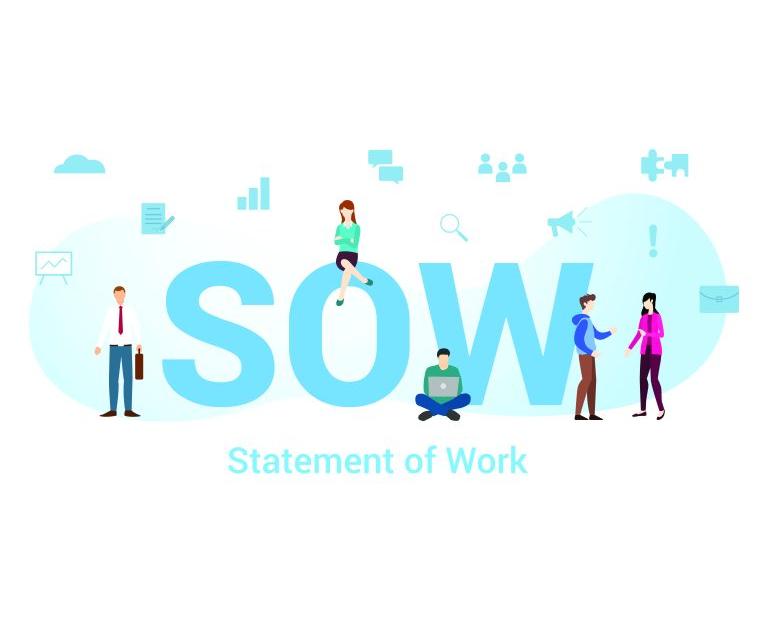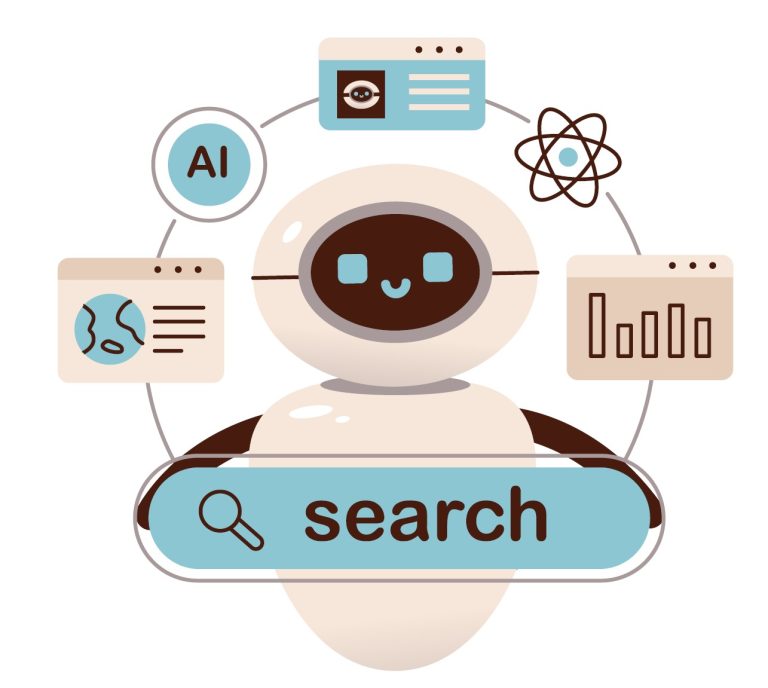- Attracting and retaining talent isn’t just an issue for companies; it’s a challenge for staffing firms as well.
- 30% of new hires quit within the first six months of their employment. Engagement and retention are tied directly to the hiring experience, so it pays to get it right.
- Get tips on how to identify your next high achieving candidate, and how to hire and retain them.
As experts in the field of recruitment on behalf of our clients, one might believe that recruitment professionals have mastered the ability to hire and retain top talent. Recruiting for the high achievers we need to build our own teams, however, recruiters can sometimes suffer the same fate as the cobbler’s shoeless children.
Today’s overheated market for talent isn’t the time to let our own internal recruiting and hiring practices lapse, says Barbara Bruno, owner of Good as Gold Training. Twenty million people quit jobs in the second half of 2021, according to the Department of Labor Jobs Report. Citing LinkedIn survey data to which she has access, Bruno points out that more than 30% of new hires quit within the first six months of their employment. Engagement and retention are tied directly to the hiring experience, so it pays to get this right.
In a recent TechServe webinar, Bruno shared her top six considerations for attracting and retaining the high achievers that can help your technology staffing firm exceed your performance and revenue goals.
- How to identify your next high achieverRecruiting is a fantastic profession, but as we all know, it’s not the right fit for everyone. It is a sales profession, and like any other sales role, it is marked by frequent rejection. Moreover, recruiters work with people on both sides of the table – clients, and candidates – meaning a high degree of unpredictability in every aspect of the job.Bruno believes strongly that you can’t be successful hiring someone who isn’t a high achiever and – through training and motivation – trying to turn them into one. “You cannot hire a duck,” says Bruno, “and expect them to be an eagle.”Instead, look for a track record of achievement; someone who has been success-driven will likely continue to be so. They don’t necessarily need to have a track record of success in staffing, though. Many staffing firm owners are reluctant to recruit from outside the staffing industry because it can be difficult to ‘unlearn’ those practices, and Bruno understands their hesitation.However, some of the highest performing recruiters she’s hired come from diverse backgrounds including:– Outside sales and inside sales
– Call center rep
– Athletes
– Hospitality sales and catering
– Retail multi-unit supervisors (district managers)
– Enterprise Rent-a-Car branches
– Mortgage representatives
– Ex-actors
– College graduates – four years or less, with a high GPA – in leadership roles”I don’t believe you should ever post an ad when you’re looking for someone to work for you,” Bruno says. “That limits you to just 15% of the workforce.” - What it takes to hire and retain new employees
How long has it been since you reviewed your internal hiring process? To attract high achievers to your internal team, that process should be upgraded – as good as it possibly can be in all respects, to successfully hire the best. When it comes to hiring a new recruiter, Bruno strongly recommends shadowing as a predominant aspect of the hiring process. The reality of the job can be significantly different from the perception; by observing the job, a prospective new hire can make an informed decision as to whether the work is right for them.That said, new employees must also be courted, especially high achievers – they know they’re in demand. “Your candidates have a tattoo on their forehead: ‘What’s in it for me?’ Bruno says, “Your clients have a tattoo on their forehead: ‘What’s in it for me?’ Your prospective employees do, too.”Bruno also shared her six strategies for retention:Employee Referral Program. People hang around with people like them, so your best employees likely know other high performers. Monitor your statistics – Bruno suggests that 40% of the candidates you interview should be referred by current employees.Orientation Process. Candidates are continuing to interview after accepting an offer, so Bruno advises making the most of the notice period by engaging your new employee – sending swag, checking references from their current employer, and asking for referrals from that company – to minimize the risk of losing them before they even start.Mentorship. Connect new employees with a mentor in the company who can help them inculcate a sense of belonging, and who can work through some of the early questions and challenges. Bruno recommends that mentors be a peer, not a supervisor.Personal and professional development. High achieving employees – particularly those in the younger generations – see learning as essential to their future career development. Show your commitment to their career by offering them opportunities to learn and grow.‘Stay’ Interviews. Bruno recommends conducting these retention interviews at least twice a year. See section 4, below, for her tips on structuring these interviews.Flexible work arrangements. Whether it’s flexible hours of work, or hybrid work arrangements, or the ability to be fully remote, employees want flexibility in the way they engage with their work. Show high performers that you value their results by offering this flexibility. - The impact of personal development and training
Bruno recommends having a training ‘playbook’ that everyone follows. That playbook, she says, must be comprehensive and it must be current. It should guide them as they progress through their career – training isn’t just for new recruits. “So much has changed. I see so many tenured recruiters throwing their hands up,” Bruno says, “and I tell them what you did two or three years ago doesn’t work today.”Bruno notes that when you know your employees’ aspirations, you can position your company to help them achieve those goals. “When your employees tell you what their weaknesses are, what they want to learn,” Bruno says, “they’re telling you where they want to go.” In turn, you’ll increase the likelihood those high-performing employees will stay with you in the long run. - How to protect yourself from losing a high achieverWhen high achievers are being recruited away – by other companies, even by clients – it’s critical to protect yourself from losing your best employees. As Bruno puts it, “You can’t have a couple of million dollars of business walk out the door when you lose someone who used to work for you.” Bruno recommends a two-pronged strategy to retain your best:
Build a team around your high achiever. When they’ve reached a success milestone, assign a recruiter to them. Assign another when they reach a second milestone. Support that team with the addition of a researcher who can perform sourcing and other activities that aren’t the best use of the time of the senior recruiters. Your high performer is less likely to leave because they feel a sense of responsibility for the team around them. If they do leave, others are ready to step right into their place.Conduct ‘stay’ interviews. As noted above, Bruno recommends holding these meetings at least twice every year. Completely apart from the performance review process, these are an opportunity to assess your employee’s job satisfaction. To learn what makes your company a great place to work, and what you need to improve. These conversations also build trust and increase the quality of communication with employees – especially those who work remotely.Bruno recommends a series of questions that address:- The parts of the job they find most exciting
– How do they feel their work contributes to the company’s goals
– Changes they’d make if they were the boss
– Aspects that contribute to them doing their best work
– Talents they have that aren’t being utilized - A structure that enhances retentionBruno recommends a six-point plan for a structure set up for success:Lead, instead of manage. Managers assign tasks. Leaders inspire performance.Keep your team informed. High achievers want to know what’s happening across their company.Teach vs do. Don’t limit your employees’ growth by doing work and solving problems for them. Encourage their growth by asking them for their solutions.Manage by numbers, not emotions. Know the statistics for your employees. Recognize your top performers, and performance-manage others to reach that level.Streamline reporting. Only require reports that you actually read, and on which you provide feedback right away.Implement standard processes. There should be a structure and process for every aspect of your team’s work, start to finish.
- The new workforce and workplaceYou already know this, because you’ve likely been coaching your clients on it for some time, but the workplace is changing. For years, employees have largely been those who ‘work to live’ for a long time. Not any longer.Quoting Karin Kimbrough, Bruno says, “The social contract is being rewritten, and the worker is the one holding the pen.” The pandemic has caused more people to think about what they really want to do … and to ask themselves, if not now, when? When asked if this is a temporary dynamic, Bruno says this is the ‘new normal.’ Gen Z and the Millennials represent 50% of the workforce now, and that number will rise to 70% by 2025. They have different priorities than previous generations, and they’re here to stay.
The webinar was recorded, and we invite you to view that recording here. As a special offering, Bruno will provide a list of the seventeen traits she looks for when identifying prospective high performers, and the interview questions she asks to assess them. Instructions to receive these resources are available in the webinar, so make sure to check it out.











